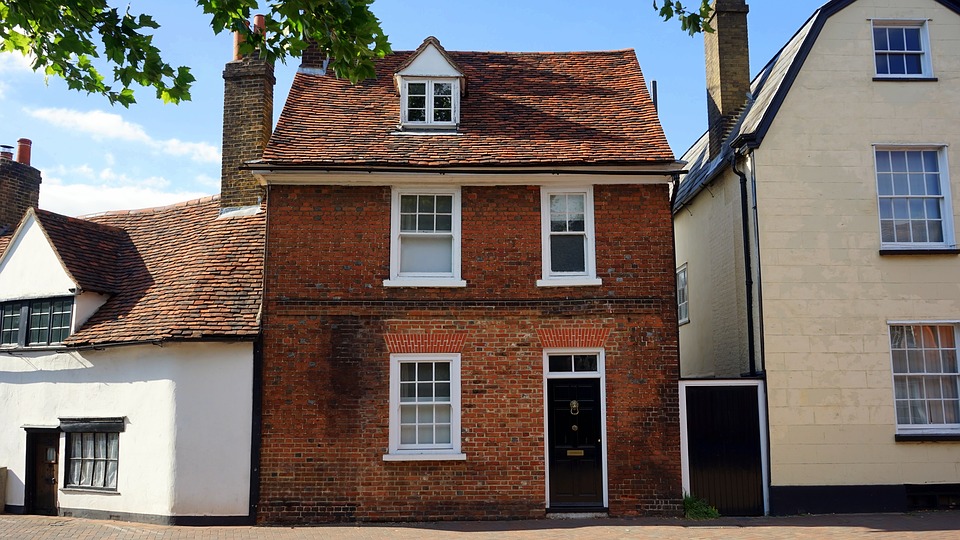House prices rose by 3.3 per cent in the second quarter of the year, hitting a new record of £230,280 – but caution still reigns over the property market.
Prices rose 1.4 per cent in July, according to the Halifax house price index, up 1.3 per cent on a quarterly basis.
Russell Galley, managing director of Halifax, welcomed these figures as the largest increase since last November.
But he noted that “housing activity remains soft”.
“Despite the recent modest improvement in mortgage approvals, the latest survey data for new buyer enquiries and agreed sales suggest that approvals will remain broadly flat until the end of the year,” Galley added.
“In contrast, the labour market remains robust, with the numbers of people in employment rising by 137,000 in the three months to May with much of the job creation driven by a rise in full-time employment. Pressures on household finances are also easing as growth in average earnings continues to rise at a faster rate than consumer prices.”
He noted that the recent Bank of England rate rise, from 0.5 per cent to 0.75 per cent, was unlikely to have a significant effect “on either mortgage affordability or transaction volumes”.
Jeremy Leaf, north London estate agent and a former RICS residential chairman, echoed his views on the impact of a rate rise, but was less bullish overall.
“House prices experienced a rebound in July but this was mainly due to shortage of stock and continuing low mortgage rates, as we have found on the high street that many buyers have already factored in the increase in interest rates. It is almost as if the north/south divide is working in reverse with more activity outside rather than inside the capital.
“There is still no clear pattern to the market after June saw the slowest growth for five years. Viewings are up but it is hard to obtain commitment as political and economic uncertainty remain.”
Samuel Tombs, chief UK economist at Pantheon Macroeconomics, added: “Month-to-month changes in Halifax’s measure of house prices always should be taken with a large pinch of salt, given that its index is four times as volatile as the official measure. Most other indicators of house price growth remain weak…
“Surveys show that few households saw August’s rate hike coming, so its wider impact on sentiment and their willingness to borrow likely will be relatively large. Meanwhile, year-over-year growth in average weekly wages is strengthening only gradually, while loan-to-income ratios increasingly are constrained by the limits introduced by the FPC in 2014.
“Accordingly, we doubt that the jump in Halifax’s measure of house prices in July marks a turning point for the market.”
Jonathan Samuels, chief executive of property lender Octane Capital, agreed.
“It would be premature to pop the champagne corks on the back of this seemingly robust data,” he said. “The annual rate of growth may have shot up between June and July but weak supply rather than robust demand is the primary driver.
“The market might look punchy on the outside but it’s pallid on the inside. Transaction levels overall are low and it’s hard to see them picking up materially in the months ahead as Brexit uncertainty heightens.”
Source: City A.M.

